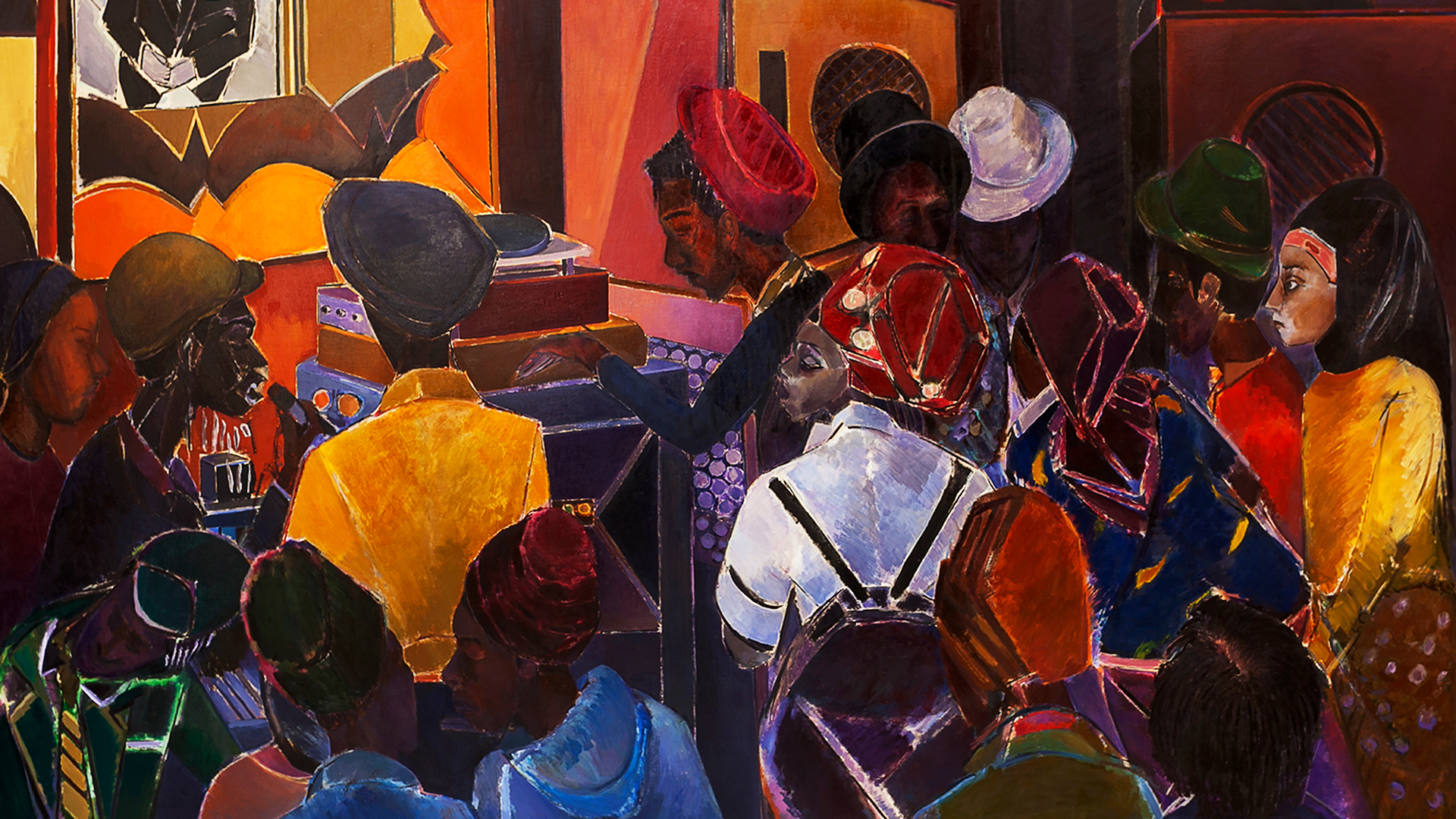‘Life Between Islands: Caribbean-British Art 1950s – Now’ is the latest Tate exhibition to explore the works of renowned British artists such as Sonia Boyce, Claudette Johnson, and Steve McQueen. But housed in a bastion of colonial history, will these displays of Black artistic excellence ever force Britain’s cultural institutions to face up to their pasts?
David A Bailey, curator, artist, and member of the British Black Arts Movement – a radical political art movement founded in the 1980s – has revealed his latest landmark exhibition at Tate Britain.
‘Life Between Islands’ explores the work of British painters, photographers, sculptors, and fashion designers. Many are of Caribbean heritage, while others have displayed a latent interest in the Caribbean throughout their oeuvre.
Bailey has said British institutions like Tate must take responsibility for their own history of benefiting from colonialism.
Tate’s original collection, funded in the late 19th century by Sir Henry Tate, a sugar refiner who made his fortune off the back of slavery, is just one of many instances in which British art, and its outposts, have become residual markers of colonialism.
It’s not just the creative industry that rests on the laurels of racism. Schools, libraries, and other cultural institutions continue to conceal, and in some cases even celebrate, their murky pasts.
Oxford University remains connected to numerous slave owners and traders, who funded their ornate buildings and colleges.
The university’s statue of Cecil Rhodes, renowned white supremacist, still overlooks Oriel College entrance, a looming reminder of the racist legacy that fundamentally shapes our country.




















